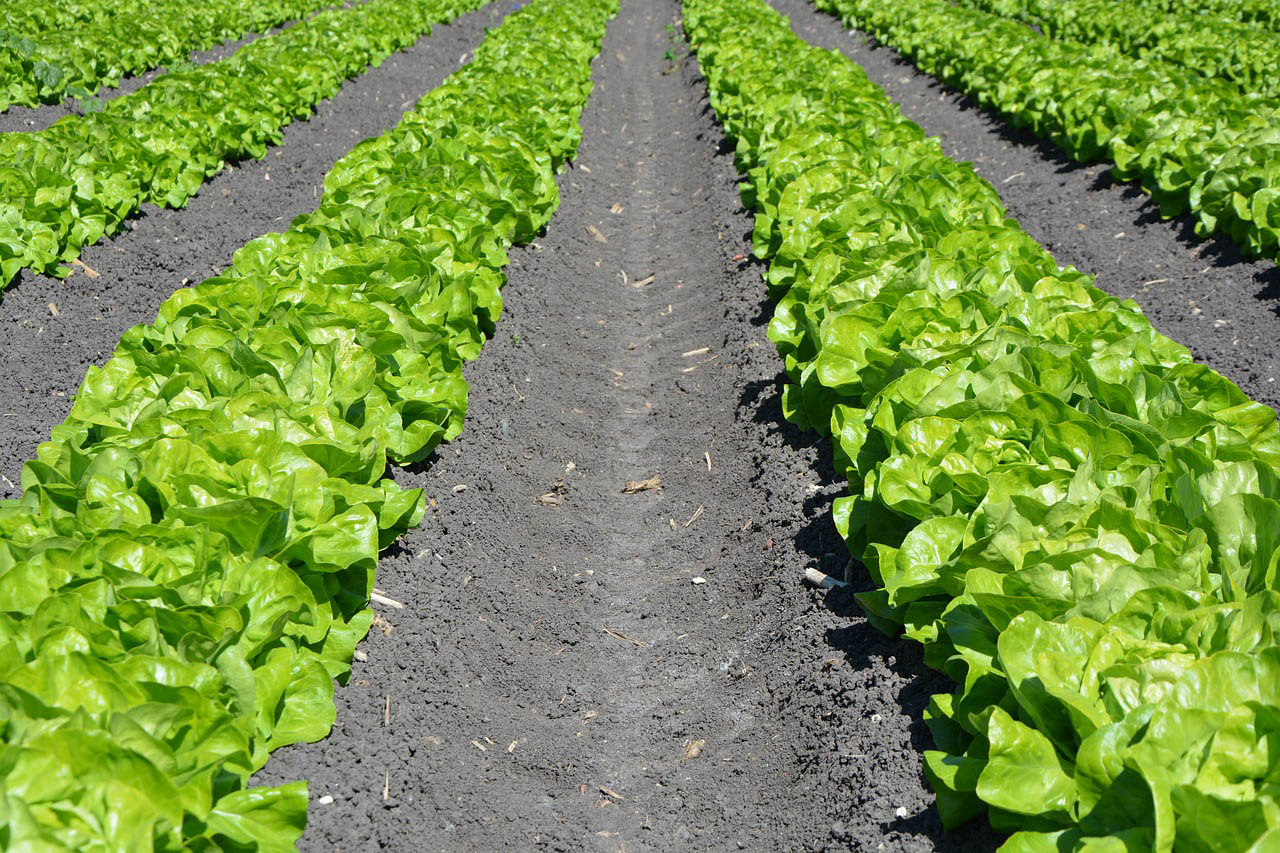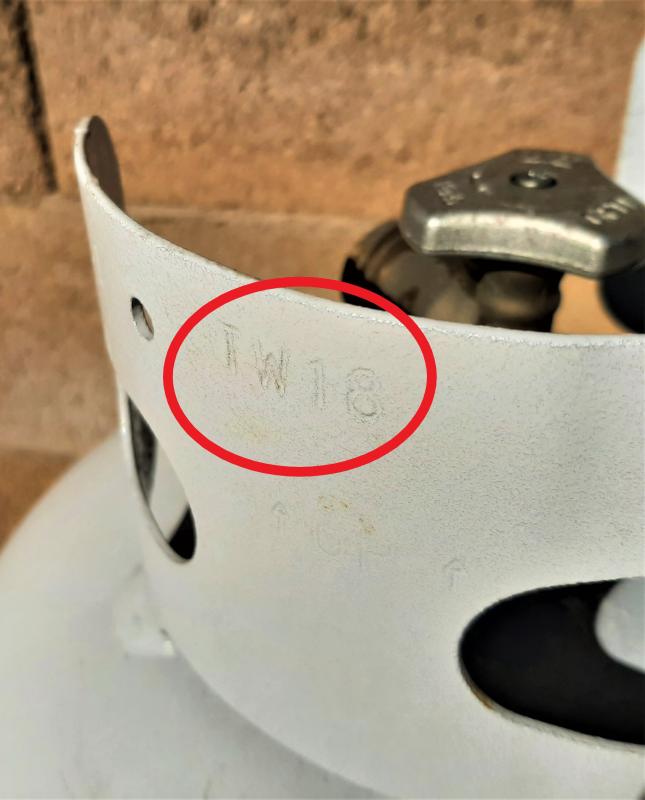
What is LPG?
LPG stands for Liquefied Petroleum Gas, more commonly referred to as propane. This product is stored in a compressed liquid state and can be made up of propane, propylene, pentane, butane, and/or butylene. Propane has a variety of uses. It can be used as a fuel for your backyard barbecue grill, or even the school bus in your local school district. For more information on propane, please visit the Arizona Propane Gas Association website.
What is CNG?
CNG stands for Compressed Natural Gas, which is a petroleum product stored in a compressed liquid state that consists of methane and other hydrocarbons. In addition to CNG, there is also a product called LNG, which is Liquefied Natural Gas. Both products are similar in composition, but are processed and stored in different ways. Commonly, CNG/LNG is used to power motor vehicles such as buses, refuse trucks, and more. For more information on CNG and LNG, please visit the U.S. Department of Energy website.
We Regulate...
- Commercial LPG, CNG, and LNG meters and dispensers
- LPG meters are tested using special volumetric provers (pictured right)
- CNG/LNG meters are tested using a gravimetric conversion method (converting weight to volume)
- The labeled quantity of product in propane exchange tanks and other propane cylinders sold at retail
- LPG and CNG Registered Service Agencies and Representatives
We Do Not Regulate...
- Residental and commercial bulk LPG tank placement and installation
- Propane tank expiration dates
- Fire Marshal requirements relating to LPG, CNG, and LNG
- Contractual LPG, CNG, and LNG delivery agreements (unless there is a concern in regards to the accuracy of a commercial propane meter)
Consumer Tips
- When having an propane tank refilled, or when filling a vehicle at an LPG, CNG, or LNG dispenser, ensure that the meter starts on zero before dispensing begins
- In addition to being sold by volume, propane may also be sold and/or refilled by weight
- Propane weighs 4.2 pounds per gallon at 60 degrees farenheit. Because propane may contain a mixture of products (see the "What is LPG?" section for details), the weight of a gallon will vary depending on the percentage of each component
- "Tare weight" is the weight of a propane tank without product inside
- If propane is sold by weight, retailers are not allowed to charge consumers for the tare weight of the propane tank
- Propane refill tanks have a tare weight stamped on them somewhere on the collar that protects the tank valve
- Stamped tare weight values are represented in pounds and are often preceded by "TW". For example, the tank pictured below has a tare weight of 18 pounds
-
Food Access
Finding Healthy Food in ArizonaConnecting people, food, and resources through partnerships with producers, non-profits, for-profits and government.
-
Get a License
Apply For, Renew, or look up a LicenseEnter our Licensing and Payment System then use the filter at the top to find the license you want to apply for or renew or find existing license information, including CEU's

